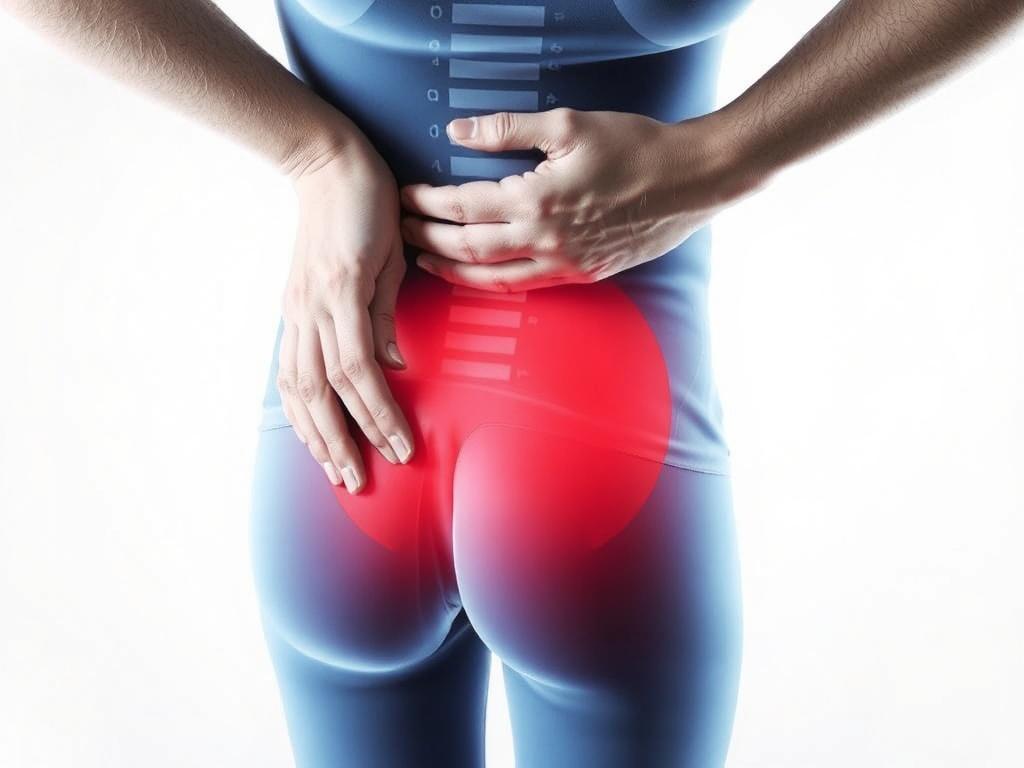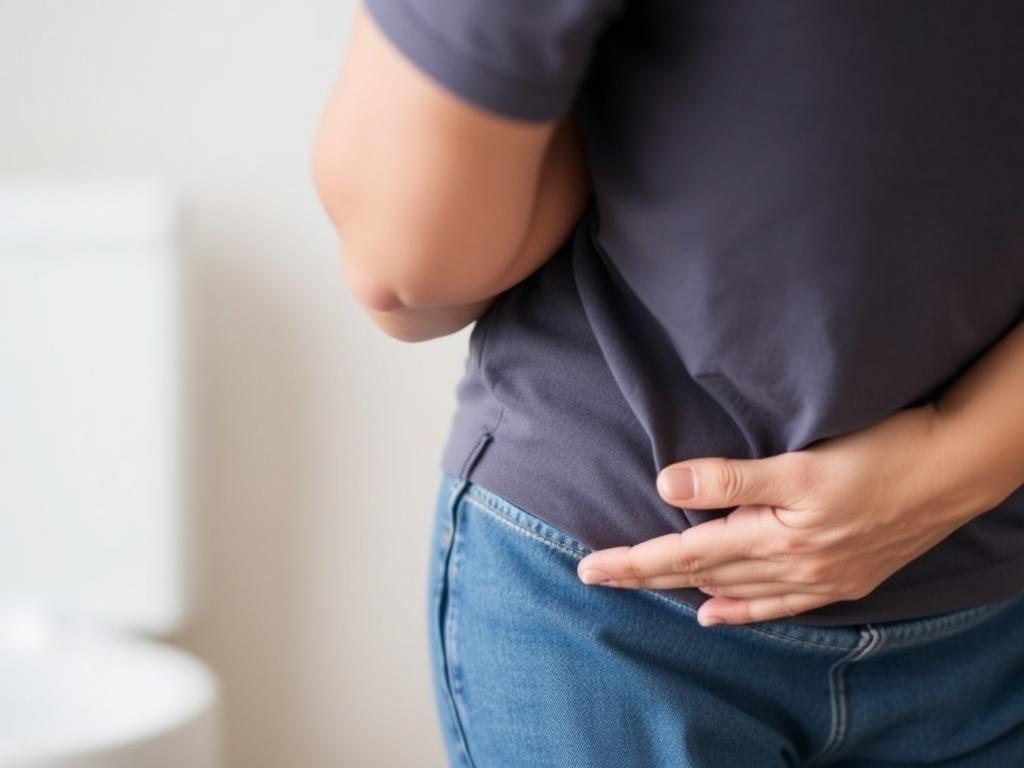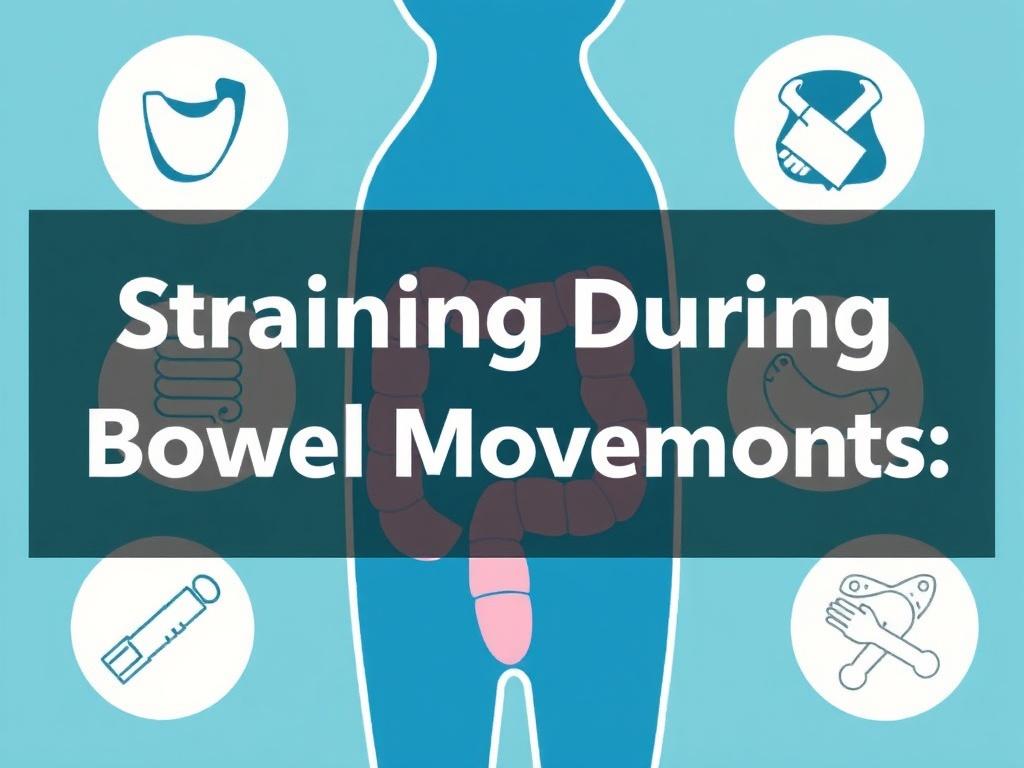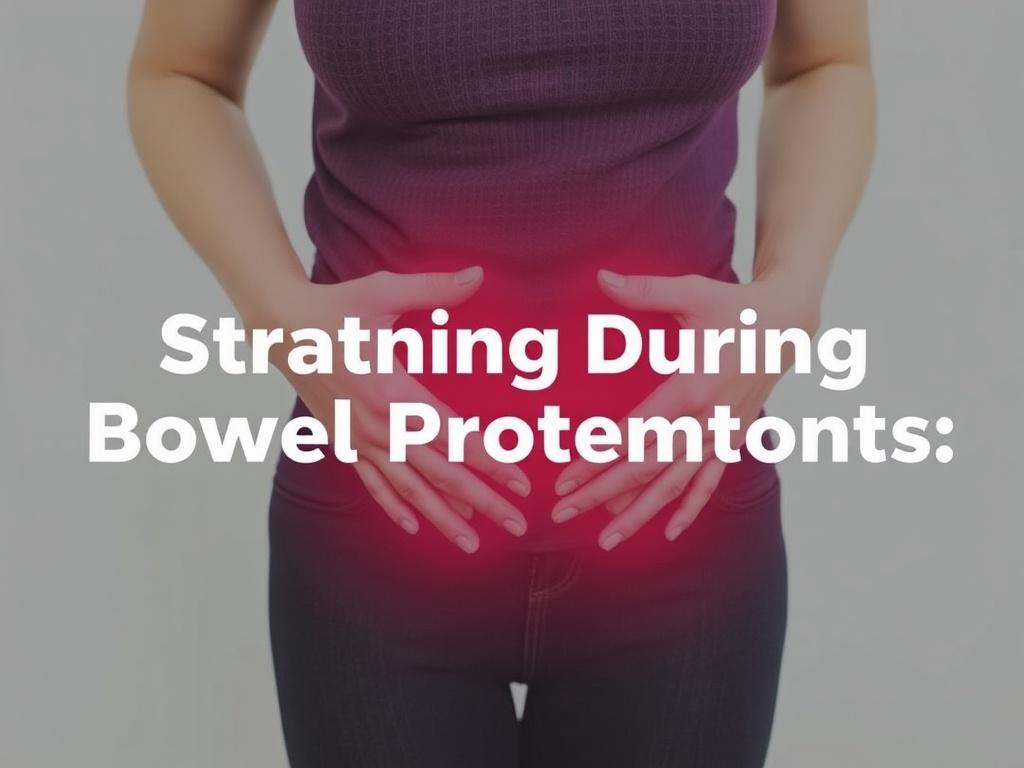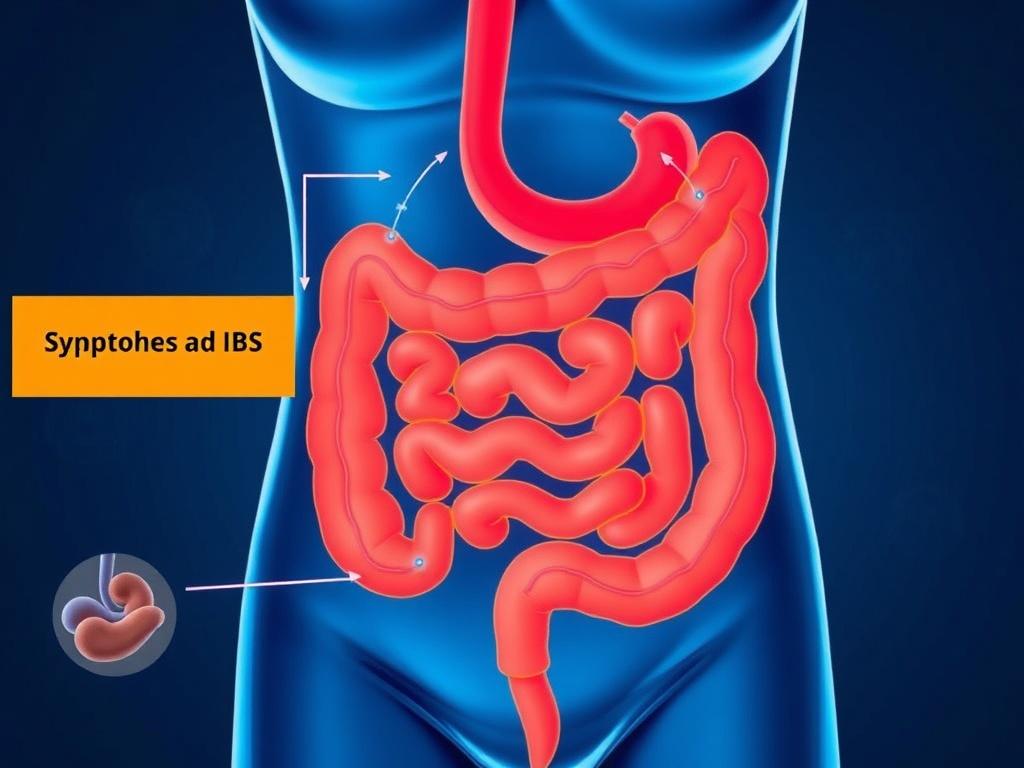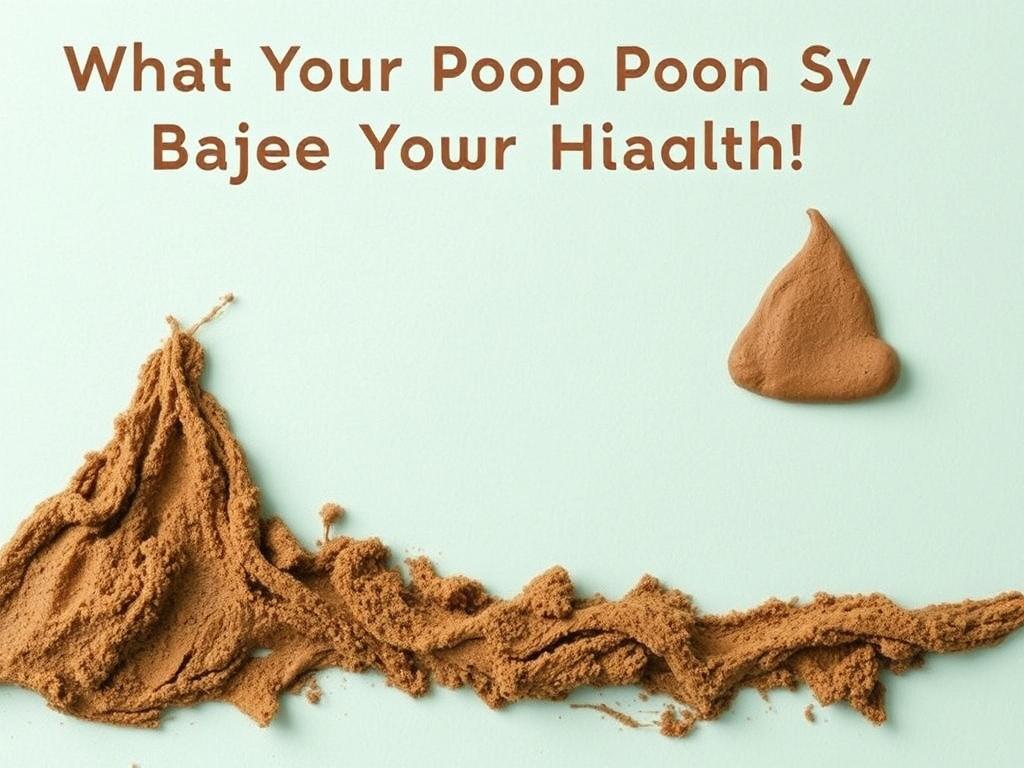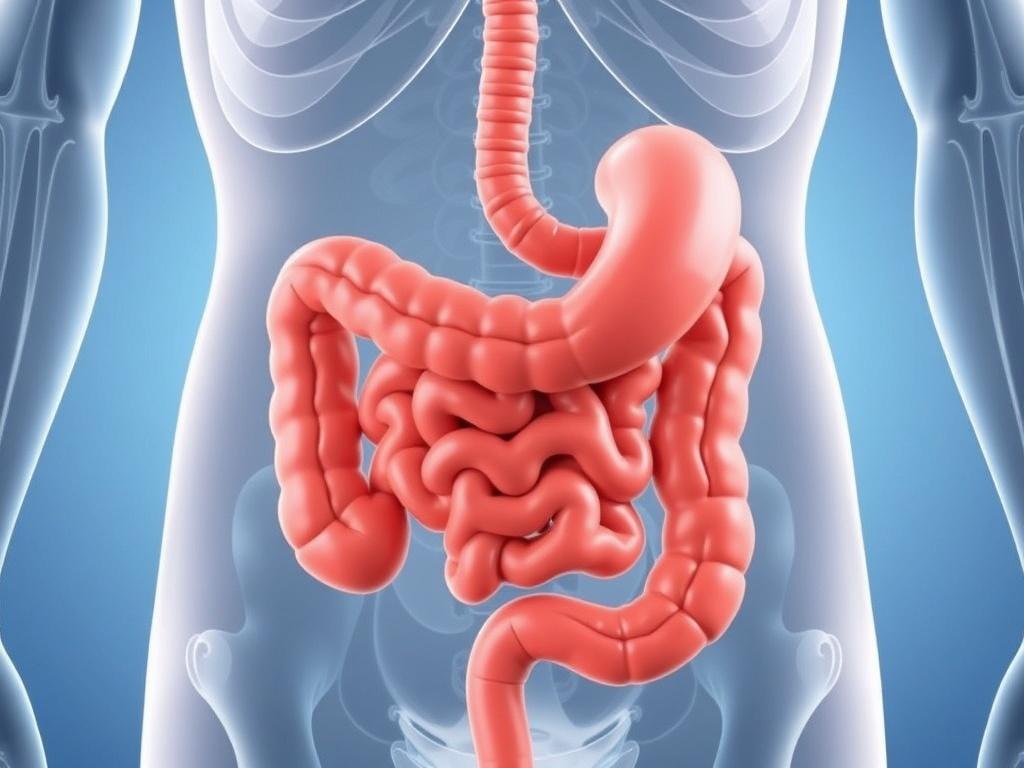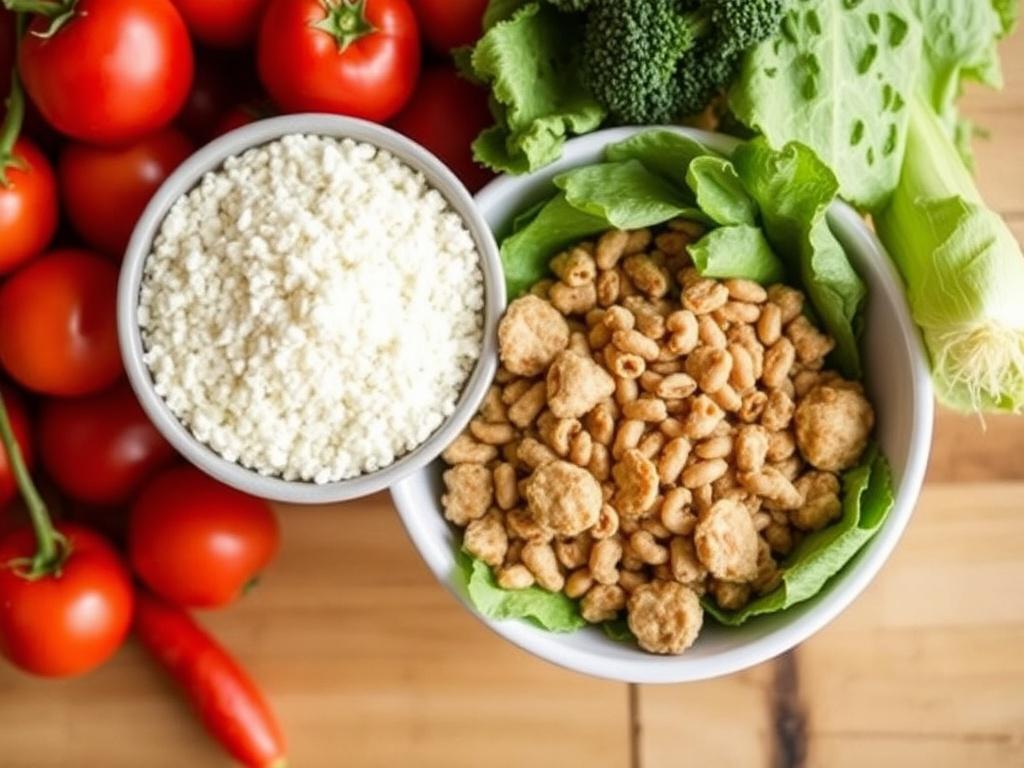Straining during bowel movements is a common issue that many people experience but few openly discuss. Despite its prevalence, straining can lead to serious health problems and discomfort if not addressed. Understanding why straining happens, the risks involved, and effective solutions can help improve your bowel habits and overall quality of life. In this detailed article, we’ll explore the causes of straining during bowel movements, the complications it might cause, and practical steps you can take to minimize or eliminate the problem.
Why Do People Strain During Bowel Movements?
Straining during bowel movements often results from difficulties passing stool. When stool is hard, dry, or bulky, pushing it out becomes uncomfortable and requires more effort. Constipation is a central cause of this, where infrequent or difficult bowel movements make straining almost inevitable. Several factors contribute to constipation and, by extension, straining:
- Low fiber intake
- Dehydration
- Lack of physical activity
- Poor bowel habits, such as ignoring the urge to go
- Certain medications
- Medical conditions like irritable bowel syndrome (IBS) or hypothyroidism
When stool doesn’t move smoothly through the colon, it often becomes dry and hard, making straining during bowel movements a natural but unhealthy response.
The Role of Fiber and Hydration
Fiber plays a crucial part in maintaining healthy bowel function. It adds bulk to the stool, helping it retain water and stay soft. Without enough fiber, stool becomes harder and more difficult to pass, resulting in straining during bowel movements. Hydration also matters — water works alongside fiber to soften the stool and promote smooth passage.
On the other hand, when water intake is low, stool becomes hard and dry, a recipe for straining and discomfort. Increasing both dietary fiber and water intake is often the first recommended solution for those experiencing straining.
Risks Associated with Straining During Bowel Movements
While the occasional strain to pass stool might seem harmless, persistent straining during bowel movements can lead to significant health risks. These include conditions that affect the anorectal area as well as systemic consequences.
Hemorrhoids
One of the most common health problems linked to straining during bowel movements is hemorrhoids. Hemorrhoids are swollen veins in the lower rectum or anus that can be painful, itchy, and prone to bleeding. The increased pressure from straining forces blood to pool and swell these veins, turning what was a minor irritation into a painful, chronic condition.
Anal Fissures
Straining can cause small tears in the lining of the anus, known as anal fissures. These tears often result in sharp pain during bowel movements and may bleed. Repetitive straining and hard stools hinder healing and turn them into a chronic issue.
Rectal Prolapse
In severe cases, excessive straining may lead to rectal prolapse—a condition where part of the rectum protrudes through the anus. This condition requires medical intervention and is often linked directly to repeated straining during bowel movements.
Pelvic Floor Dysfunction and Other Complications
Chronic straining can contribute to pelvic floor dysfunction in both men and women. The pelvic floor muscles become weakened or injured due to excessive pressure, leading to other problems such as urinary incontinence or difficulty with future bowel movements.
Increased Heart Risk
Although less common, vigorous straining can affect the cardiovascular system. It temporarily increases intra-abdominal and chest pressure, which can lead to abnormal heart rhythms or events in vulnerable individuals, especially those with existing heart conditions.
How to Recognize If You Are Straining During Bowel Movements
It might seem obvious, but many people do not realize they are straining during bowel movements or underestimate its frequency. Recognizing the signs can help you take timely steps.
| Signs You Are Straining | What It Means |
|---|---|
| Frequent feelings of needing to push hard | Stool may be hard or difficult to expel |
| Muscle tightening around the abdomen and anus during bowel movements | Excessive force is being used to evacuate stool |
| Visible discomfort or pain during bowel movements | Straining is causing irritation or small injuries |
| Feeling unemptied even after bowel movement | Incomplete evacuation possibly linked with the need to strain |
| Appearance of blood on toilet paper or in stool | May indicate hemorrhoids or anal fissures from straining |
Practical Solutions to Prevent and Reduce Straining During Bowel Movements
Thankfully, there are many effective ways to reduce or avoid straining during bowel movements. These solutions focus largely on prevention by addressing the underlying causes of constipation and improving bowel habits.
Dietary Adjustments: Boosting Fiber and Hydration
A fiber-rich diet is one of the best strategies to reduce straining. Aim for about 25–30 grams of fiber per day through fruits, vegetables, whole grains, nuts, and seeds. Some fiber sources to include:
- Oats
- Berries
- Beans and legumes
- Leafy greens like spinach and kale
- Whole wheat bread and brown rice
Alongside fiber, drink plenty of fluids. Water helps fiber to do its job properly by softening stool. Try to drink at least 8 glasses of water daily, and more if you exercise or live in a hot climate.
Establishing Healthy Bowel Habits
Besides diet, practicing healthy bowel habits can make a significant difference:
- Don’t ignore the urge: Respond promptly to your body’s signals to have a bowel movement.
- Use a proper position: Sitting with knees elevated (using a footstool or squatty potty) can help straighten the rectum and ease stool passage.
- Allow enough time: Rushing or feeling pressured may cause incomplete evacuation and straining the next time.
Physical Activity and Its Impact
Regular physical activity stimulates bowel function by increasing the movement of the intestines. Even moderate exercise like walking for 30 minutes most days can boost your digestive health and reduce constipation.
When to Consider Over-the-Counter Solutions
If lifestyle changes aren’t enough, over-the-counter products might be helpful:
- Fiber supplements: Psyllium husk or methylcellulose can provide additional fiber when dietary intake is insufficient.
- Stool softeners: Useful for temporary relief, especially if hard stools are causing severe strain.
- Laxatives: Should only be used short-term and under medical advice, as overuse can worsen bowel function.
Consulting a Healthcare Professional
If you experience persistent straining despite trying these solutions, or if you notice bleeding, severe pain, or significant changes in bowel habits, it is important to seek medical advice. A healthcare professional can diagnose underlying medical conditions such as IBS, colorectal disorders, or pelvic floor dysfunction. In some cases, specialized treatments or therapies are necessary to improve symptoms.
Special Focus: Pelvic Floor Therapy and Other Advanced Treatments
When straining is related to pelvic floor dysfunction, physical therapy targeting these muscles can help restore normal function. Pelvic floor therapists use exercises, biofeedback, and manual techniques to strengthen and relax muscles involved in bowel movements. This can be a game-changer for those struggling with chronic straining despite conventional treatment.
In more complex cases like rectal prolapse or severe hemorrhoids, surgical interventions may be necessary. These procedures aim to repair the affected tissues and restore normal bowel function. However, surgery is considered only after conservative measures have been exhausted.
Summary Table: Common Causes and Solutions for Straining During Bowel Movements
| Cause | Explanation | Recommended Solutions |
|---|---|---|
| Low Fiber Diet | Insufficient fiber causes hard stools | Increase fruits, vegetables, whole grains |
| Dehydration | Stools become dry and tough | Drink adequate water daily |
| Inactivity | Reduced intestinal motility | Regular physical exercise |
| Ignoring Urge | Leads to harder stools and constipation | Respond immediately to bowel signals |
| Poor Toilet Posture | Rectum is not aligned for easy emptying | Use footstools for a squat position |
| Pelvic Floor Dysfunction | Muscle weakness or imbalance | Pelvic floor physical therapy |
Tips for Maintaining Long-Term Bowel Health
Preventing straining during bowel movements is all about sustaining healthy digestive habits. Here are some practical tips to keep your colon happy in the long run:
- Maintain a balanced diet rich in fiber and fluids.
- Stay active with regular exercise routines that fit your lifestyle.
- Practice mindful bowel habits—avoid rushing and honor your body’s signals.
- Manage stress, as it can influence gut motility and bowel regularity.
- Limit use of laxatives and stool softeners unless medically advised.
- Keep track of any changes in bowel patterns and consult a doctor if issues worsen.
Myths and Misconceptions About Straining
Many people believe that straining is a natural part of bowel movements or that it helps “clear out” the colon. Both ideas are misconceptions. Straining is a sign of problematic bowel habits or underlying issues, not normal function. Others think that only people with chronic constipation strain, but fleeting episodes of straining can still cause damage if ignored over time.
Conclusion
Straining during bowel movements is a signal from your body that something isn’t quite right. Whether it stems from diet, hydration, lifestyle, or medical conditions, taking straining seriously is essential to prevent painful complications like hemorrhoids, anal fissures, and rectal prolapse. Fortunately, by adopting healthier bowel habits, including increasing fiber and water intake, improving toilet posture, staying active, and seeking medical advice when needed, most people can reduce or eliminate straining completely. Addressing this issue early helps maintain not only your digestive health but also your overall well-being—making every trip to the bathroom smoother and more comfortable.
Читайте далее:
